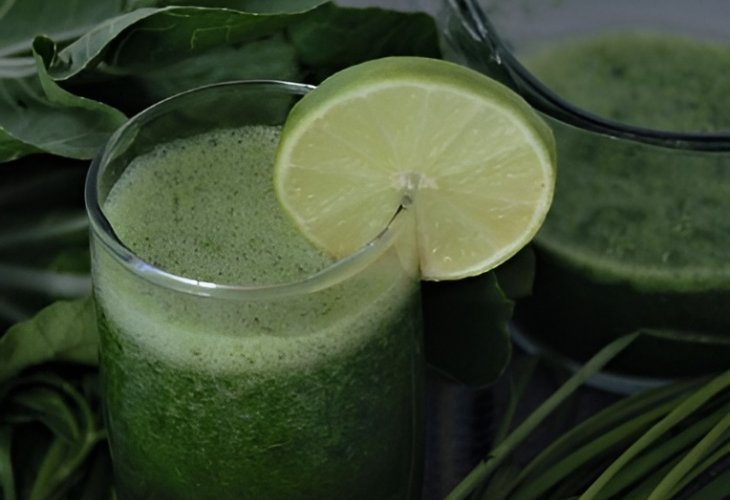Discovering the Green: Daily Benefits of Chlorophyll
Unlock the secrets of chlorophyll drinks, find out where it exists in our food, and learn how it can boost health and ward off diseases.

Let's take a moment to talk about chlorophyll.
Many of us recognize chlorophyll from the green plants around us; it's the pigment responsible for their verdant hue. But did you know that chlorophyll is present in many of the foods we consume and offers significant health benefits?
Foods containing chlorophyll are typically green. Here are some examples:
1. Leafy Greens: Spinach, kale, swiss chard, and lettuce are excellent sources of chlorophyll.
2. Herbs: Parsley, cilantro, mint, and basil are herbs rich in chlorophyll.
3. Cruciferous Vegetables: Broccoli, Brussels sprouts, and cabbage are examples of chlorophyll-containing cruciferous vegetables.
4. Green Vegetables: String beans, peas, asparagus, and zucchini are other green vegetables that contain chlorophyll.
5. Algae: Spirulina, chlorella, and nori (popular sushi seaweed) are types of algae that contain chlorophyll.
6. Wheatgrass: Wheatgrass is a popular health food rich in chlorophyll.
7. Green Fruits: Avocado, kiwi, and green apples also contain chlorophyll.
Chlorophyll is a powerful antioxidant that helps protect cells from damage caused by free radicals. By incorporating it into your daily diet, such as through a concentrated chlorophyll drink available at major retailers and health stores, you can detoxify your body from toxins and metals within the first two weeks of use. It neutralizes enzymes related to chronic inflammation and might even prevent diabetes and certain types of cancer.
Pro Tip: Remember that cooking methods like boiling, simmering, or prolonged exposure to heat (including baking) may cause some chlorophyll loss. Therefore, it is best to consume these foods as raw as possible to maximize chlorophyll absorption in our bodies.

